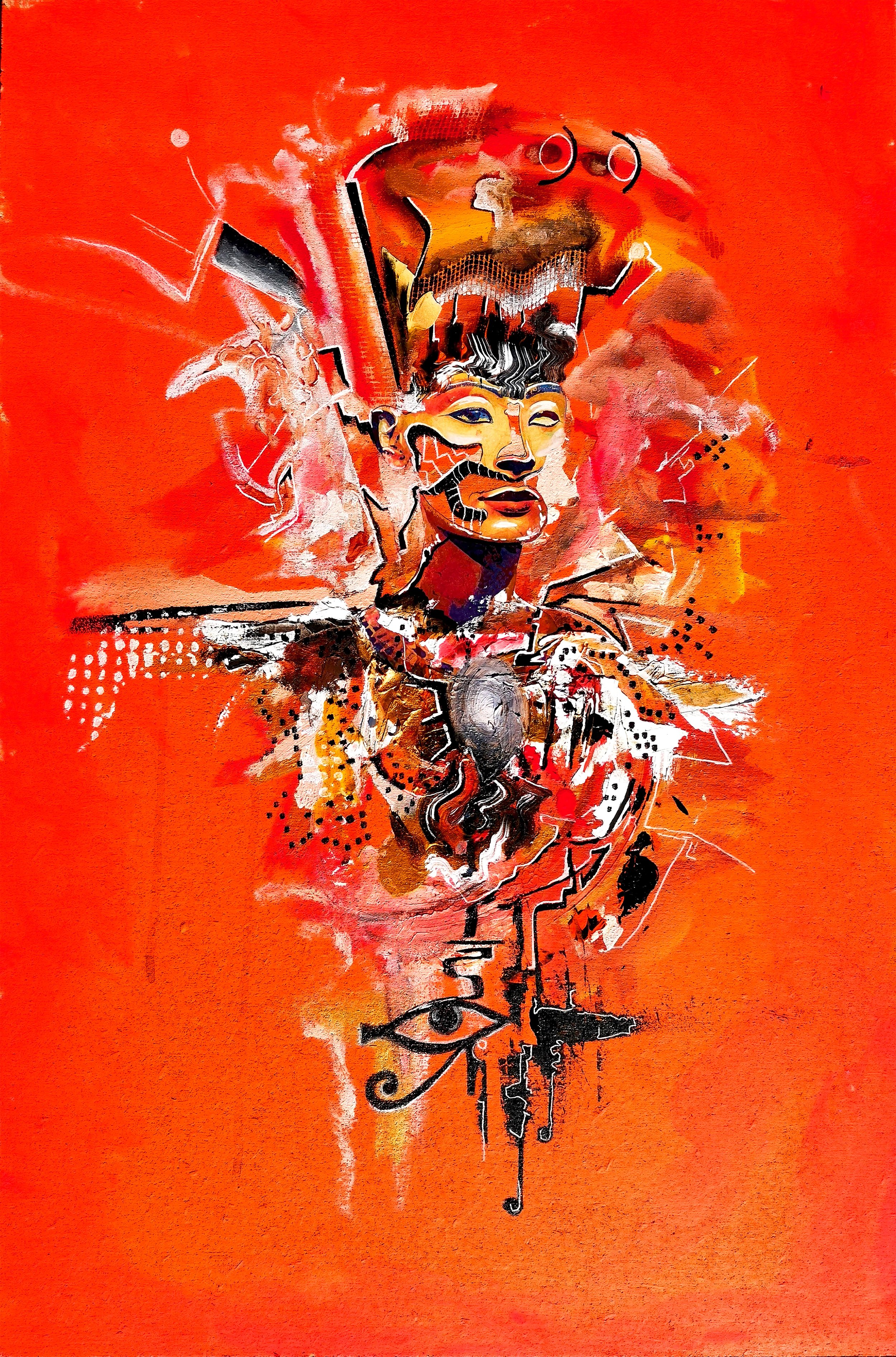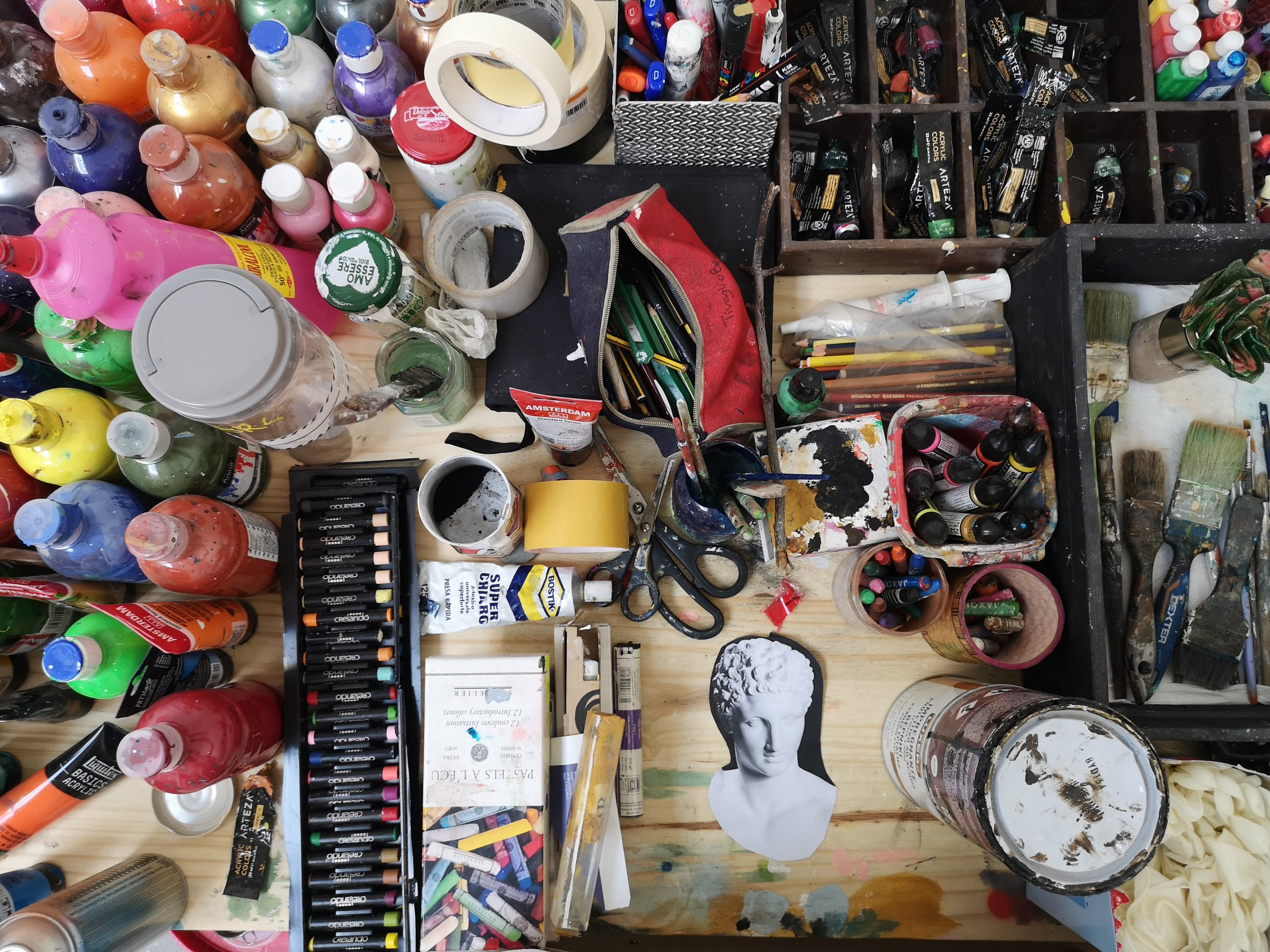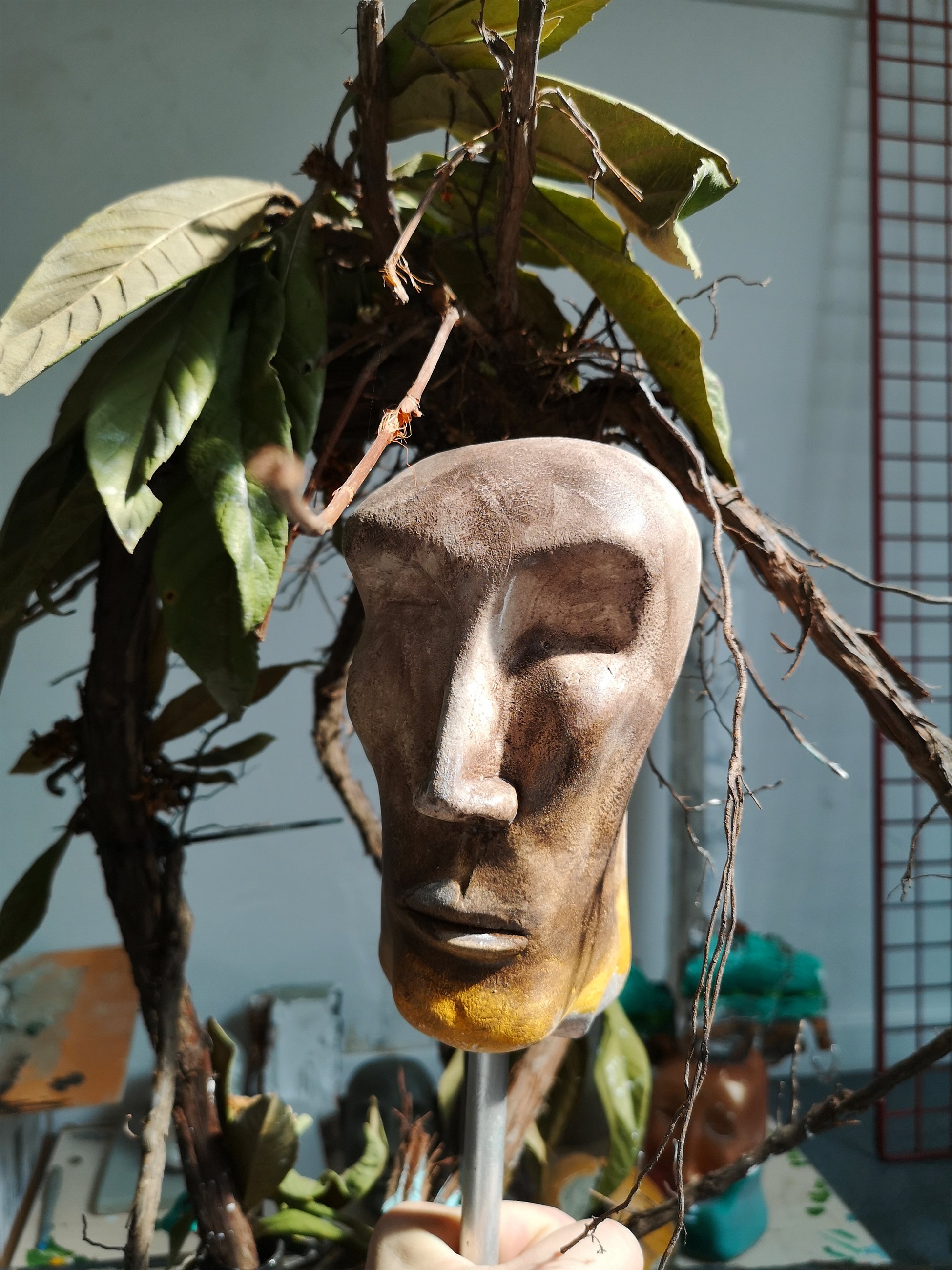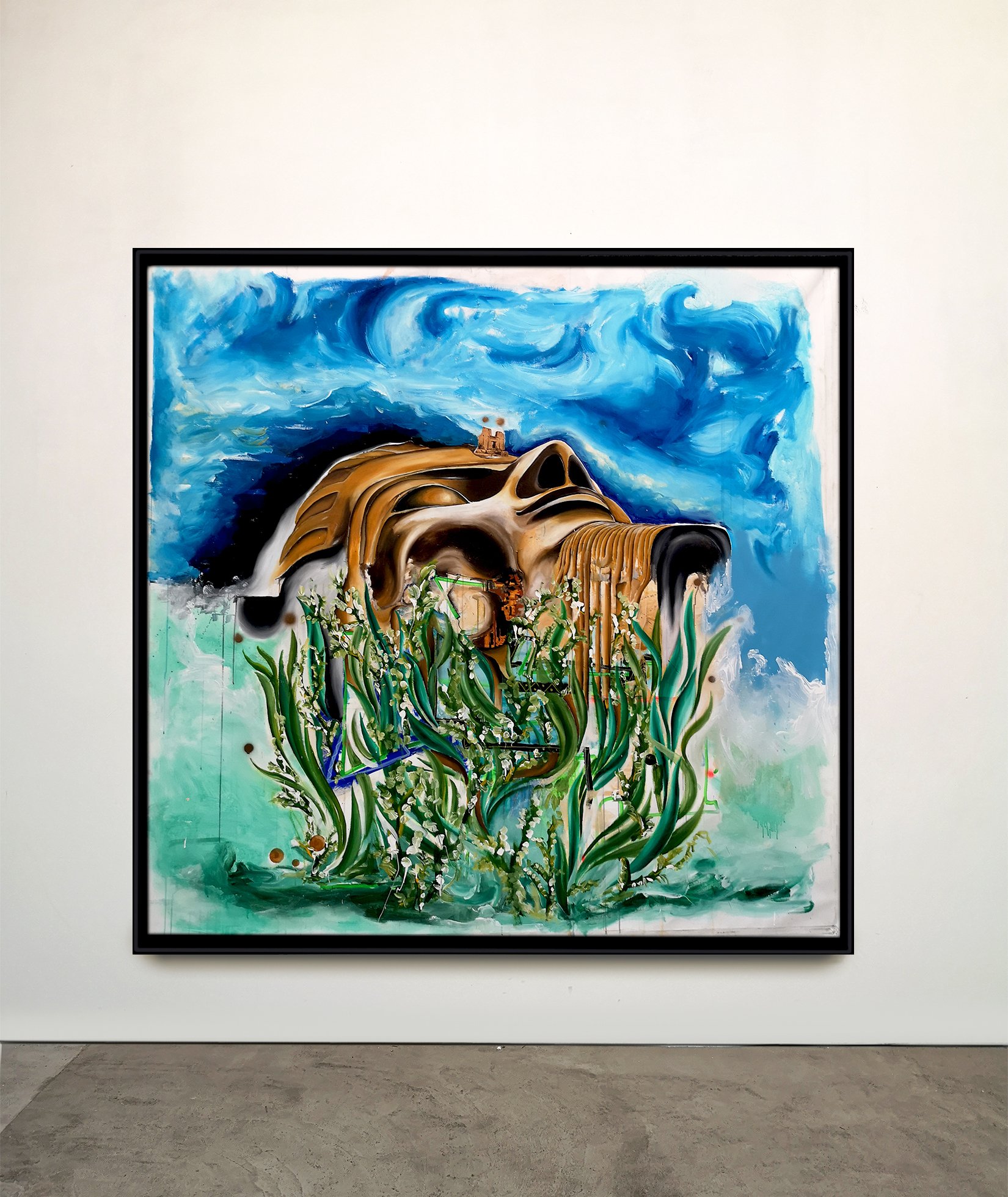Interview
Alberto Ballocca
Alberto Ballocca is an artist whose background is linked to sensitive factors. In this interview, he shares how his breakthrough into the artistic space was initially influenced by deep emotions and impulses.
Alberto does not remember a particular episode that led him to artistic creation and expression, but that he simply went with his gut. He says he let himself go when composing and let images appear between various layered elements. This resulted in a game of creative self-construction, a strong and balanced representation and language of his production.
His fascination and practice are not academic; his everyday life approach forms the backbone of his artistic inspiration. Alberto approached mixed media techniques in April 2019. This is his journey so far!
What is the most powerful element of your artistic inspiration?
“I have been, and still am, most inspired by ancient philosophy, mythologies, and ancient cultures in general. Dialogue with people around these uncommon themes allows me to understand my own awareness about what I study and learn. Music has played the most significant role in my artistic endeavors since day one. My inspirations tend to be jazz, experimental rap, ancient chants and more! I am also deeply fascinated by the works of C.Y. Twombly, Jean-Michel Basquiat and other great artists in the scene, like Xavier Daniels, El-Anatsui, Anselm Kiefer and a lot of more oriental, afro-futurists and digital artists! My aim is always to find the common energy amongst all of the artists' works that catch my eye.”
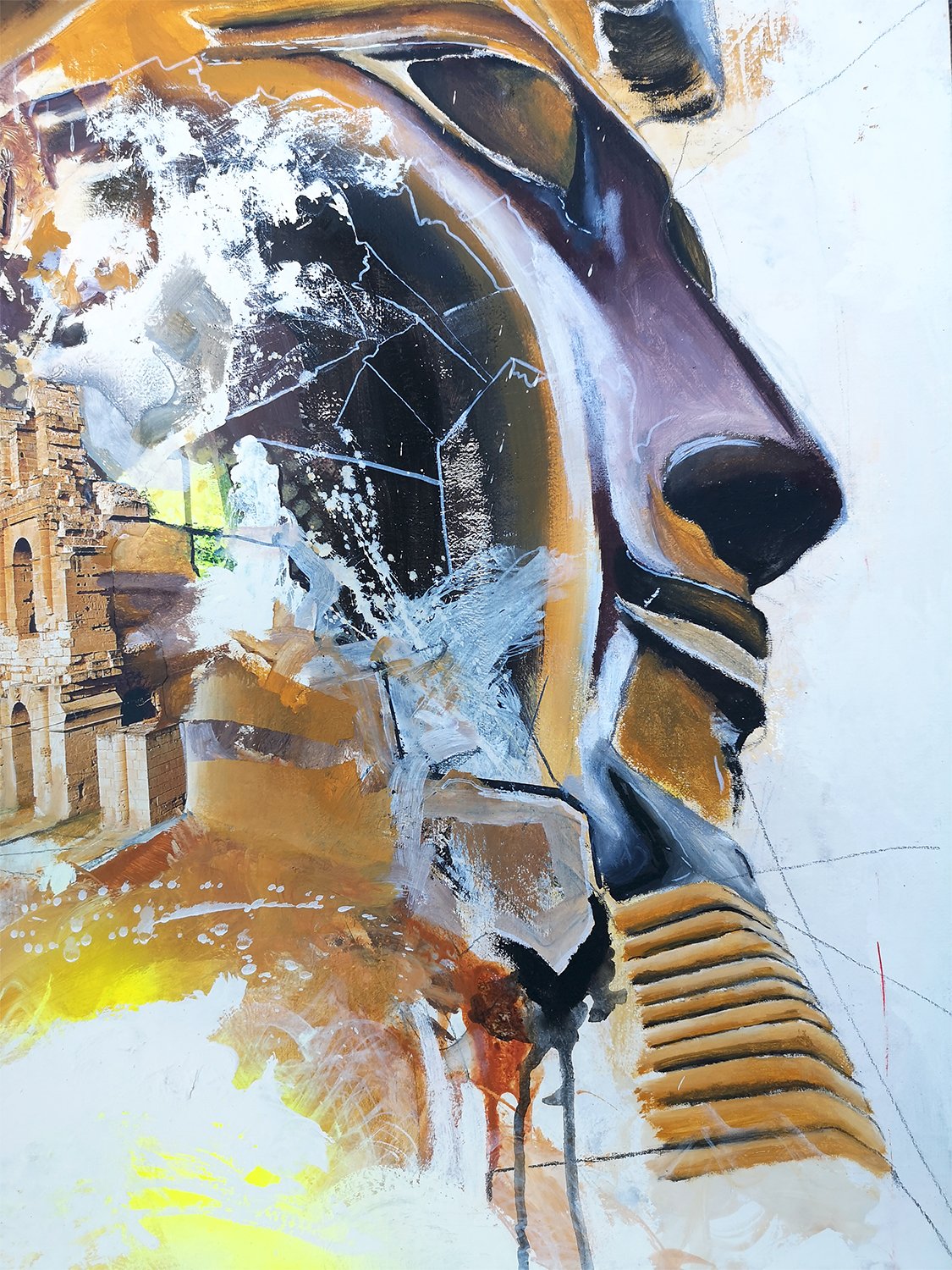
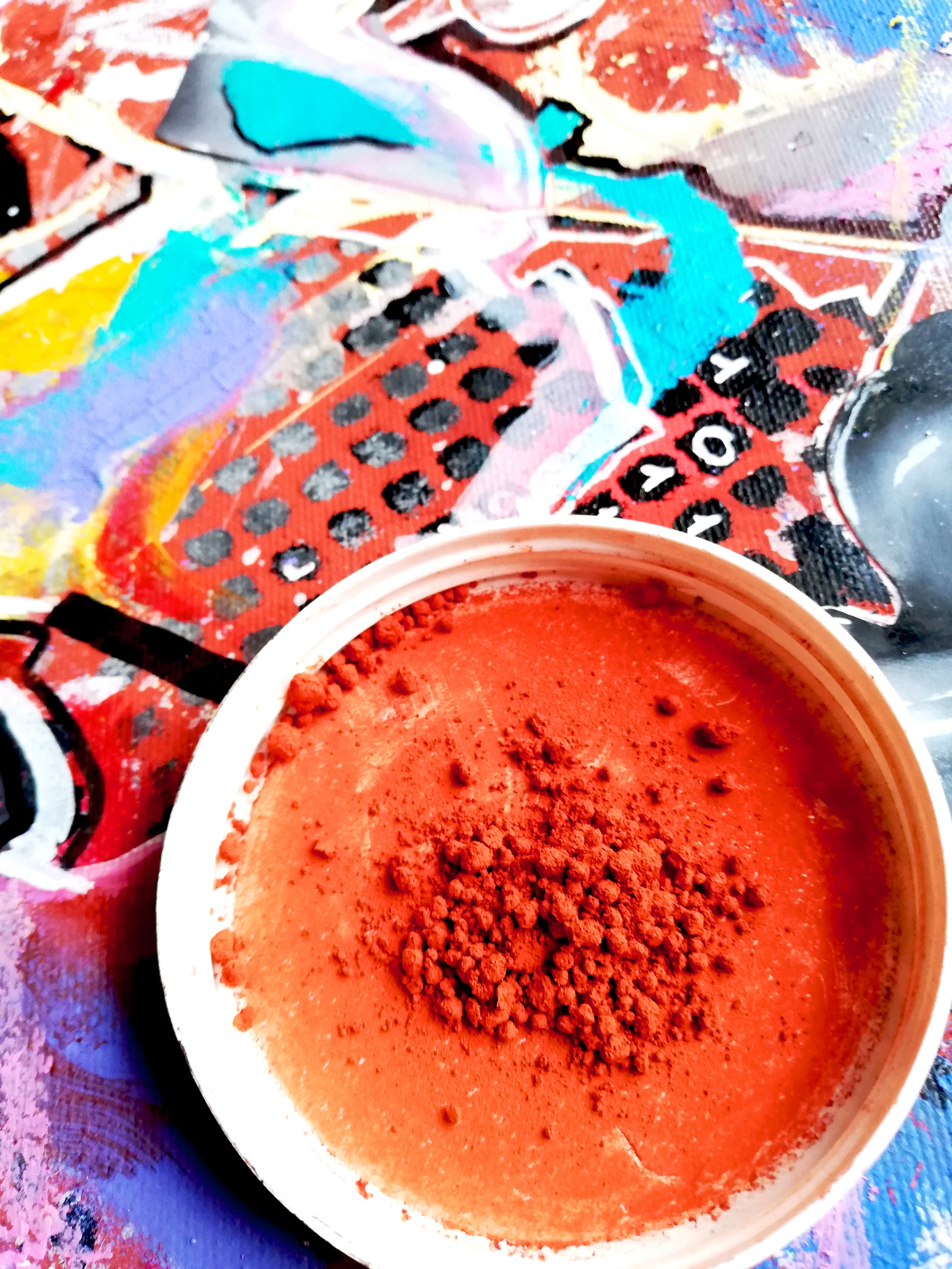
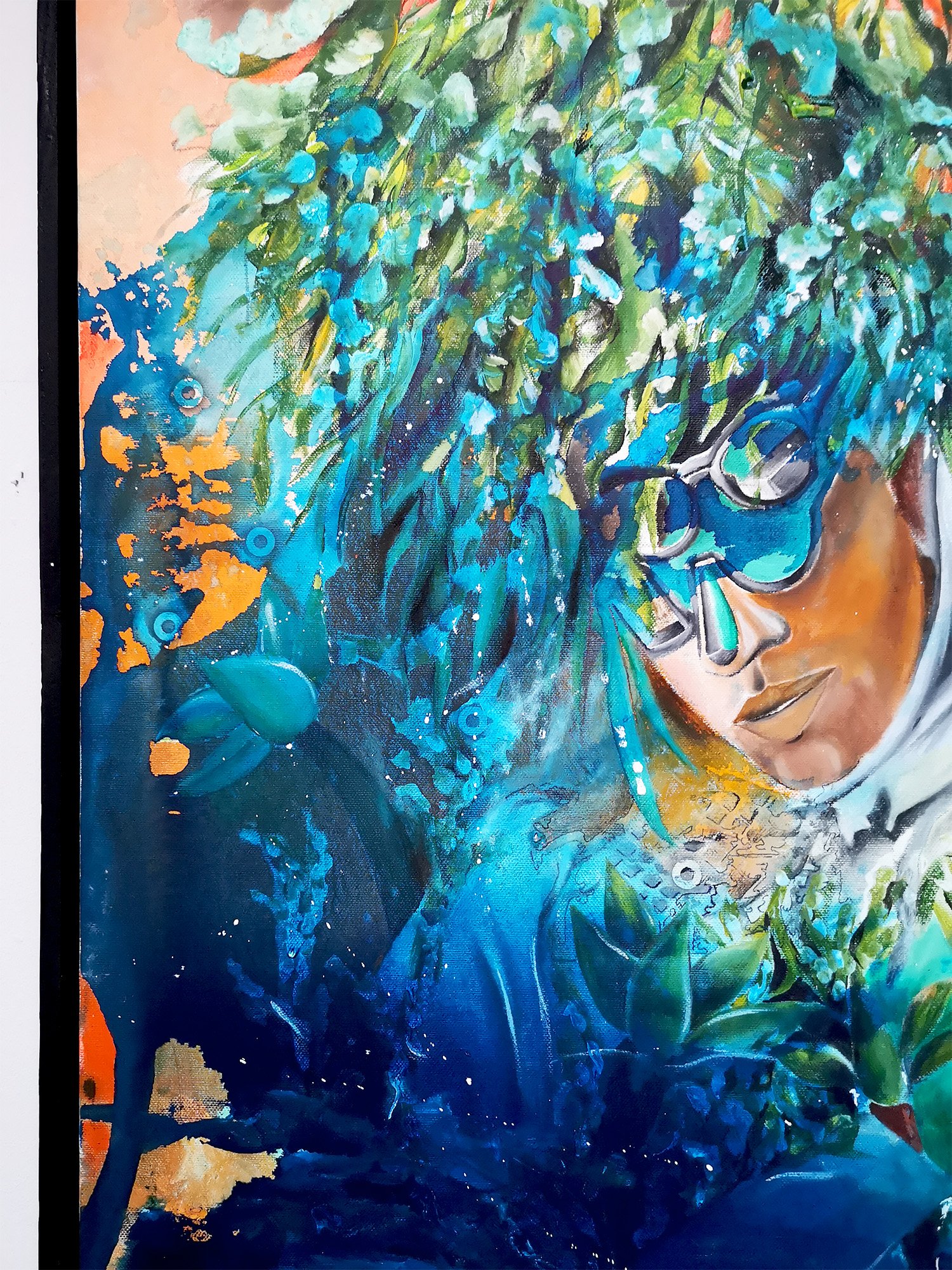
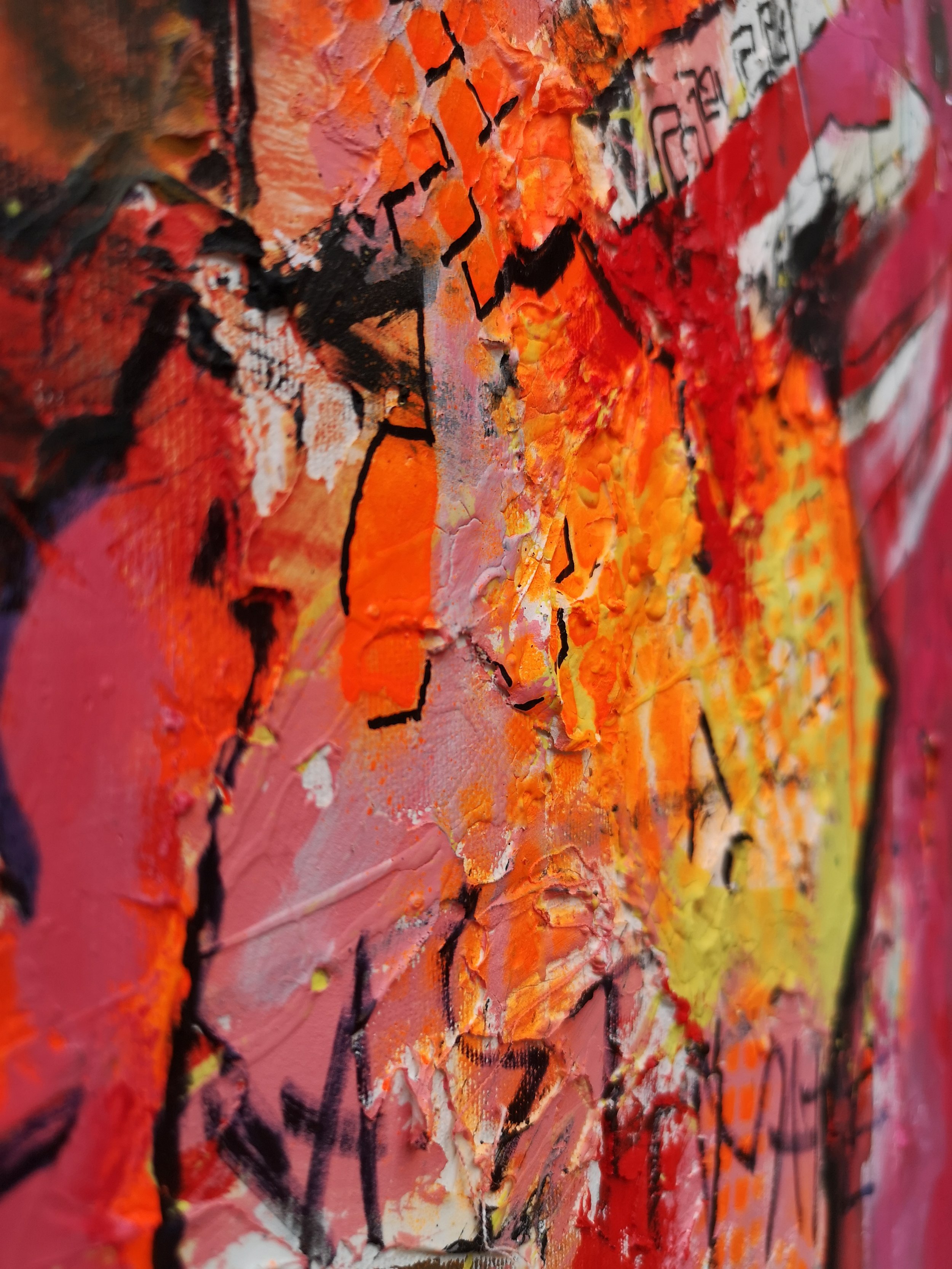
Describe the underlying theme of your work
“The dominant underlying component of my work is the cyclicality within which various symbolic elements reappear continuously, but in different forms and shapes, upgraded by my awareness of a looped recollection. There are many subjects in my paintings that represent characters from mythology and philosophy, but the context in which I insert them for the composition is not the one in which they arise in the storytelling. That's why I could say that sometimes my works carry a ‘metaphysical’ message, which is, in fact, beyond physics as art itself.”
Take us through your creative process
“My process is a door to a metaphysical dimension. Art comes from Greek ‘Techne’, Platonic term used to refer ‘knowing-how-to-do’ something, in a direct relation to the practical manuality linked to an archetypical and mathematical literacy that of the ancient Greeks. Within the development of my work, in fact, I experience how real art happens and manifests only when creative impulses procedures and expands the technical approach, and reverse. I'll make an example: I spend so much time immersed in nature and I want to catch those fractile elements like flowing of water instead of water itself, or the wind through leaves. I approach the piece as something that do not exists and have to exist in the same space but in different times. I create various layers of the same element treating every medium differently throughout time, until I can see the dinamism through static elements appear. This sublimation mechanism seems to immediately take part within those impulses which seem to exist in the observer already, and that's magical!”
How would you define your artwork?
“I would define my art-work as a place of expansion; a speculative platform for imagination in which every single element, tract, piece becomes a pun. Imagine you are staring at symbols of a bee and a leaf engraved on an Egyptian temple wall script. You pronounce the word beeleaf (belief), but none of the two words expressed within that single one is conceptually related to the bee itself or to the leaf itself. That’s the bridge between my layers of paints ovelapping and the finished piece itself. Art cracks emotional impulses, balancing energies and letting cultural diversities get collimate through symbols and also through their re-interpretations!”


What do you believe to be the role of an artist in society?
“The role of the artist in a society is society itself. Perception of self is collective perception. Tangible reality generated by invisible thought; art makes small frames of that thought almost visible. Artist creates new inner frontiers, being able to destroy egoic commutation of emotions. If we take all the paintings of all the artists who have represented their idea of Nature and put them all together, I would be confident we will find the deeper truth about something natural not scientifically perused before. Everything flows, said Heraclitus, everything 'being' and cannot 'not being' and as in a river, art flows and evolves with time, and today more than ever, it takes many forms, sometimes empty, sometimes full, but in any case, all forms reflect the society in all of its parts. Let's research the truth!”
What’s your favourite artwork and why?
“I am very fascinated by African art and by artists like 'jetleparti' who never titles his paintings. If I have to name some specific works though, I think about 'Erosion' or 'The Wall' by El Anatsui! Every work explodes with energy and makes me feel the need to paint or sculpt.”



